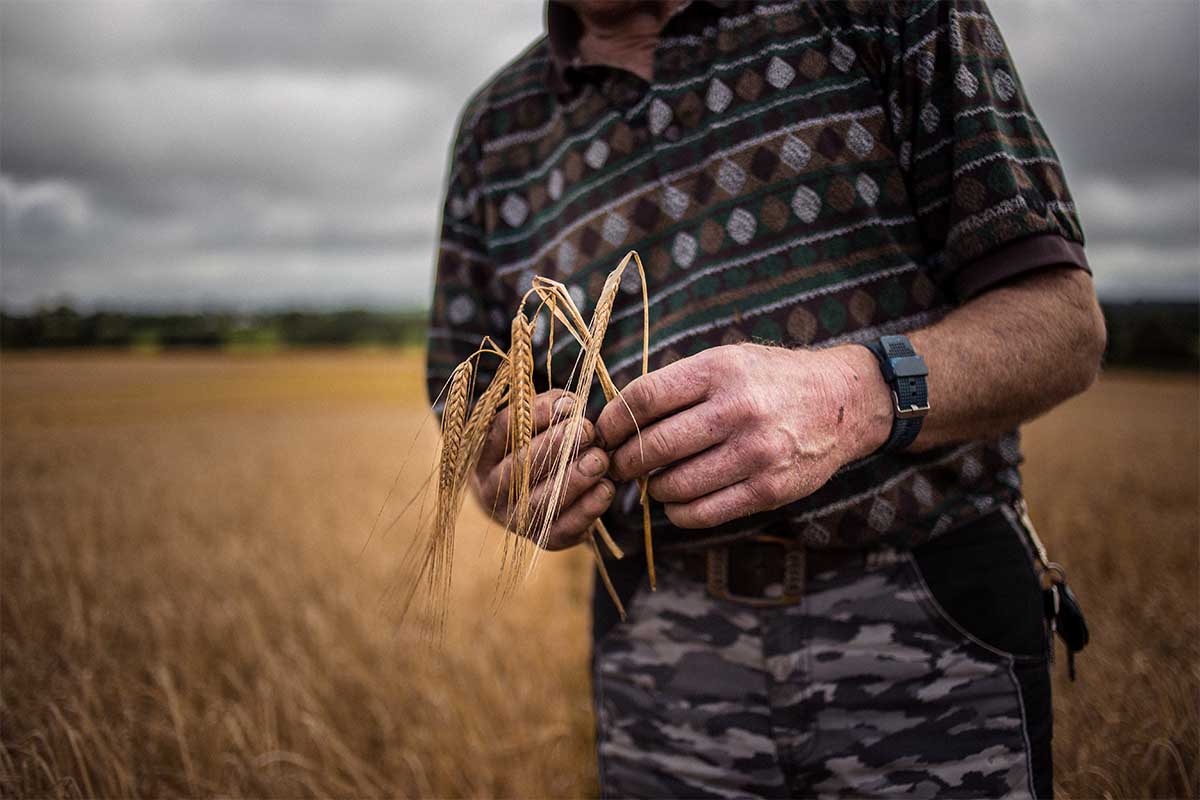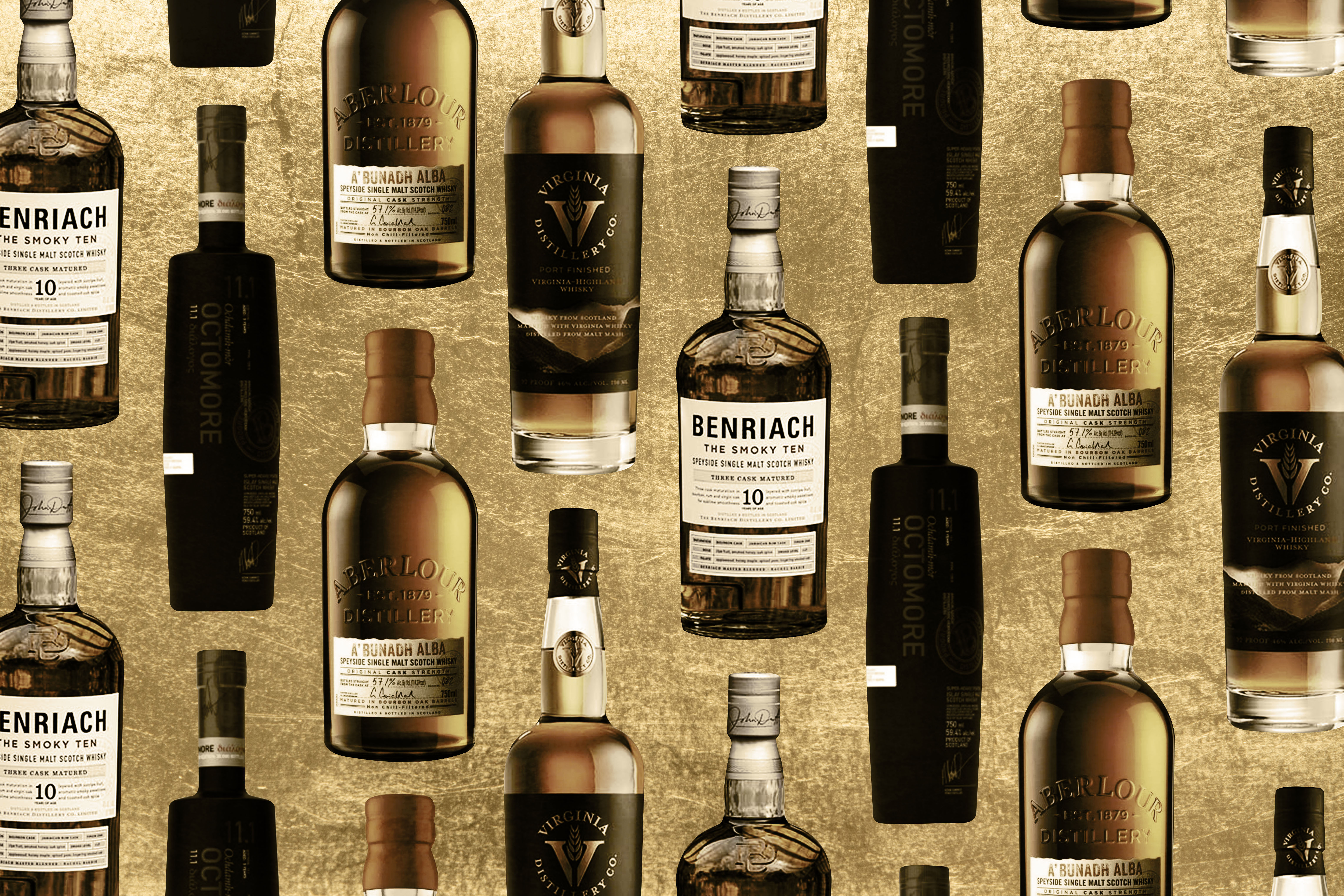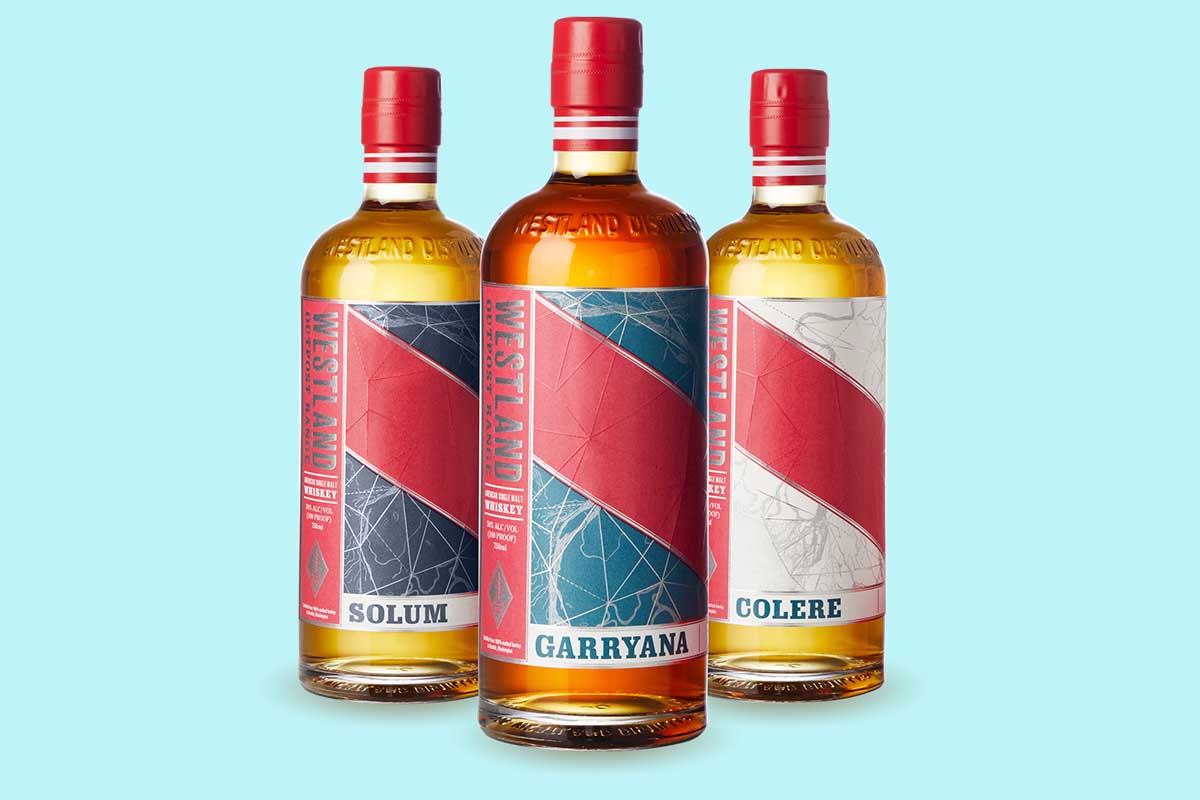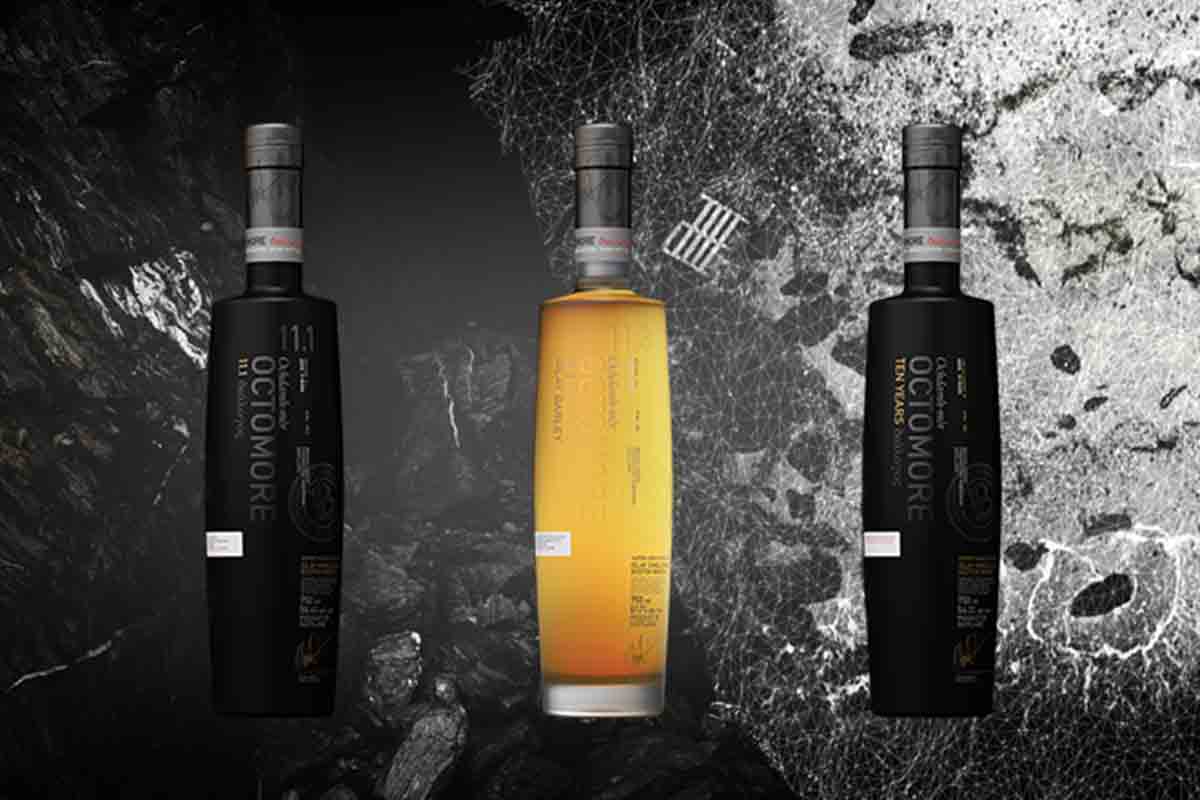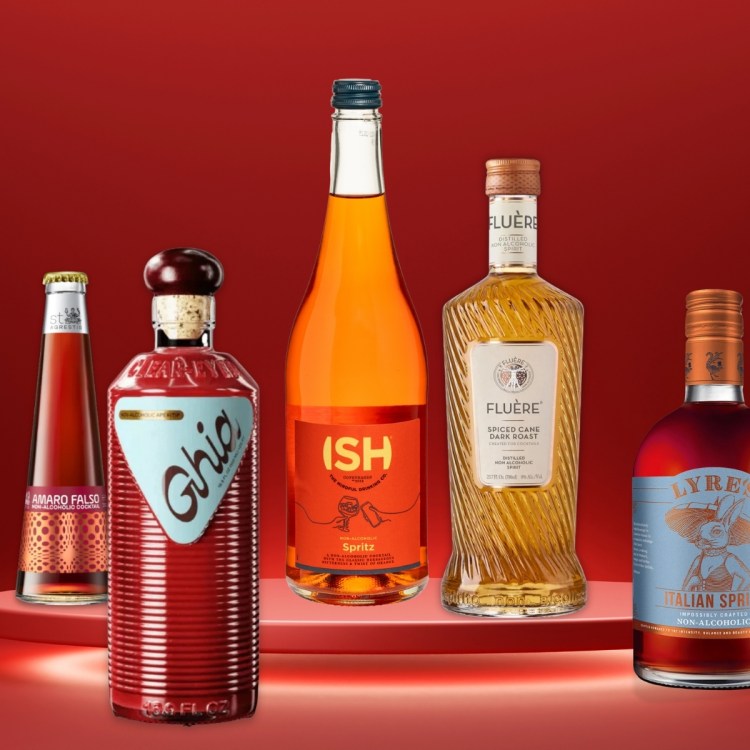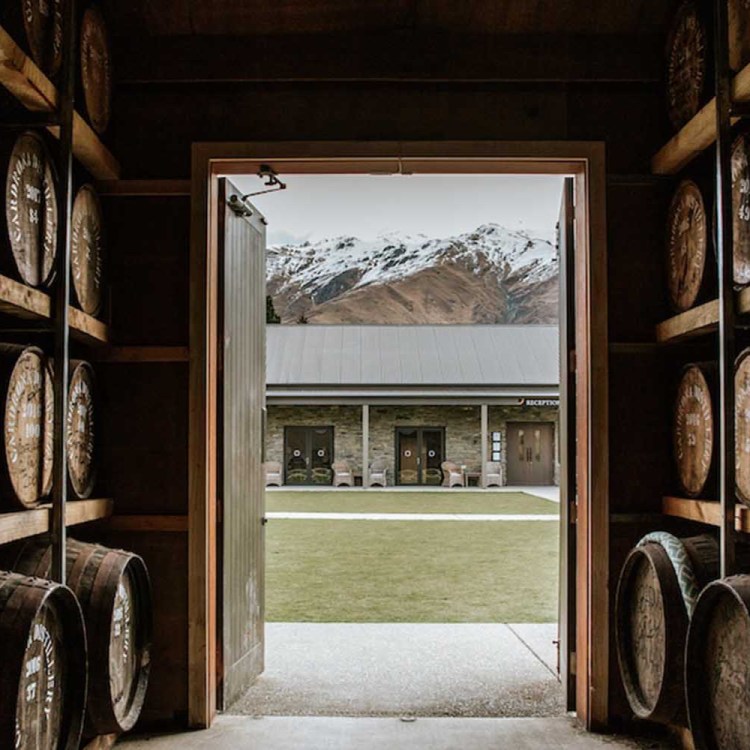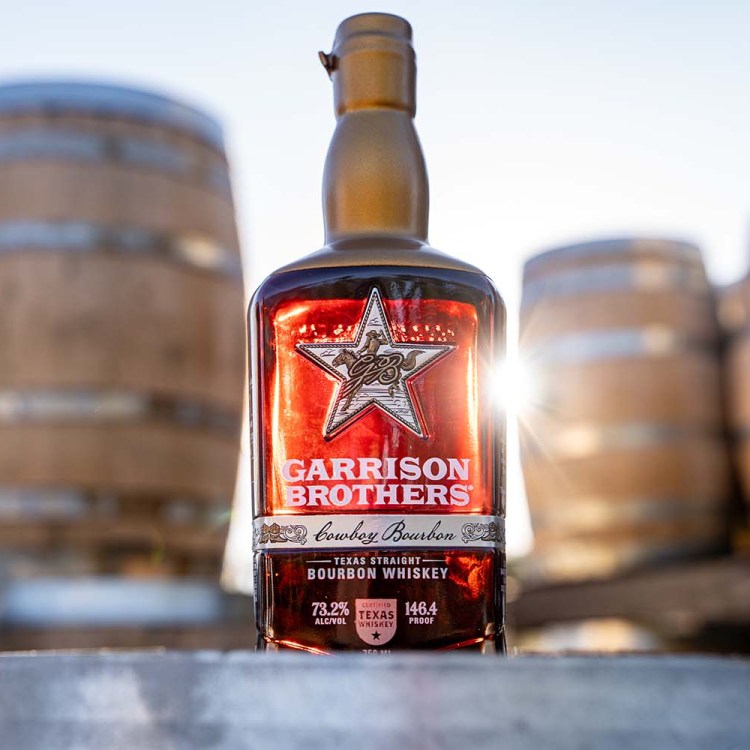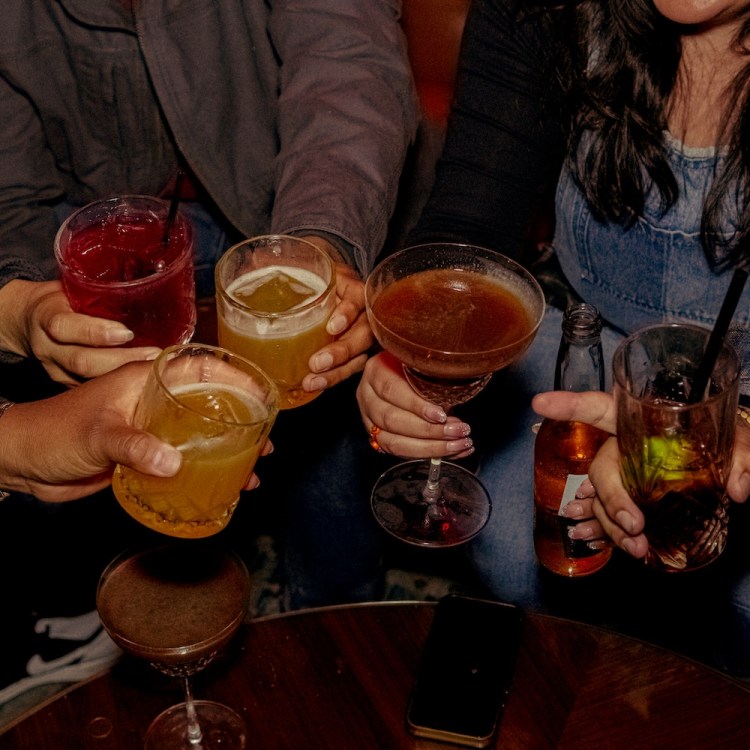Whisk(e)y brands have been experimenting with terroir recently — notable examples range from Seattle’s Westland to Scotland’s Bruichladdich.
I’ve tasted the difference: if you keep all other elements of your tipple the same, the natural / growing environment (which accounts for soil, growing season topography and microclimate) can have a large effect on your final dram.
Now there’s a study to back this up this terroir claim, which usually gets relegated to discussions of wine or Cognac. As Decanter notes, a new peer-reviewed study in the science journal Foods suggests a link between flavors in Irish new-make spirit and the origin of that spirit’s barley.
Admittedly, the study arrives connected to a distillery: Waterford, a whisky that releases several Single Farm Origin bottles that feature a code on the packaging that lets buyers discover “maps, the harvest, the grower, distillation details as well as view the full spectrum of wood.” So, yes, there’s some initial bias here (the study was conducted with the Teagasc Food Research Centre and Oregon State University, if that helps).
The results are still interesting: The Whisky Terroir Project examined two barley varieties grown on two farms with separate environments in 2017 and 2018 in Ireland, some more sheltered inline, others closer to the coast.
From there, each sample of barley was micro-malted and micro-distilled in “laboratory conditions,” producing 32 different whisky distillate samples. Between the use of gas chromatography–mass spectrometry–olfactometry (GC/MS-O) and “highly trained sensory experts,” the study concluded that there were more than 42 different flavor compounds, with half of those directly influenced by the barley’s terroir.
The inland Athy site produced a new-make spirit with notes of toasted almond notes and a malty, biscuity and oily finish, while the coastal Bunclody site (which also had more variable weather patterns) produced a spirit lighter and more floral, with some fresh fruitiness in flavor.
“We preserved distinct flavors associated with the testing environments and observed year-to-year variations, indicating that terroir is a significant contributor to whisky flavor,” as Dr. Dustin Herb, Lead Researcher and Post-doctoral research at Oregon State University, noted.
An upcoming study will examine differences in Waterford’s matured whisky, as opposed to the new-make spirit.
Every Thursday, our resident experts see to it that you’re up to date on the latest from the world of drinks. Trend reports, bottle reviews, cocktail recipes and more. Sign up for THE SPILL now.
